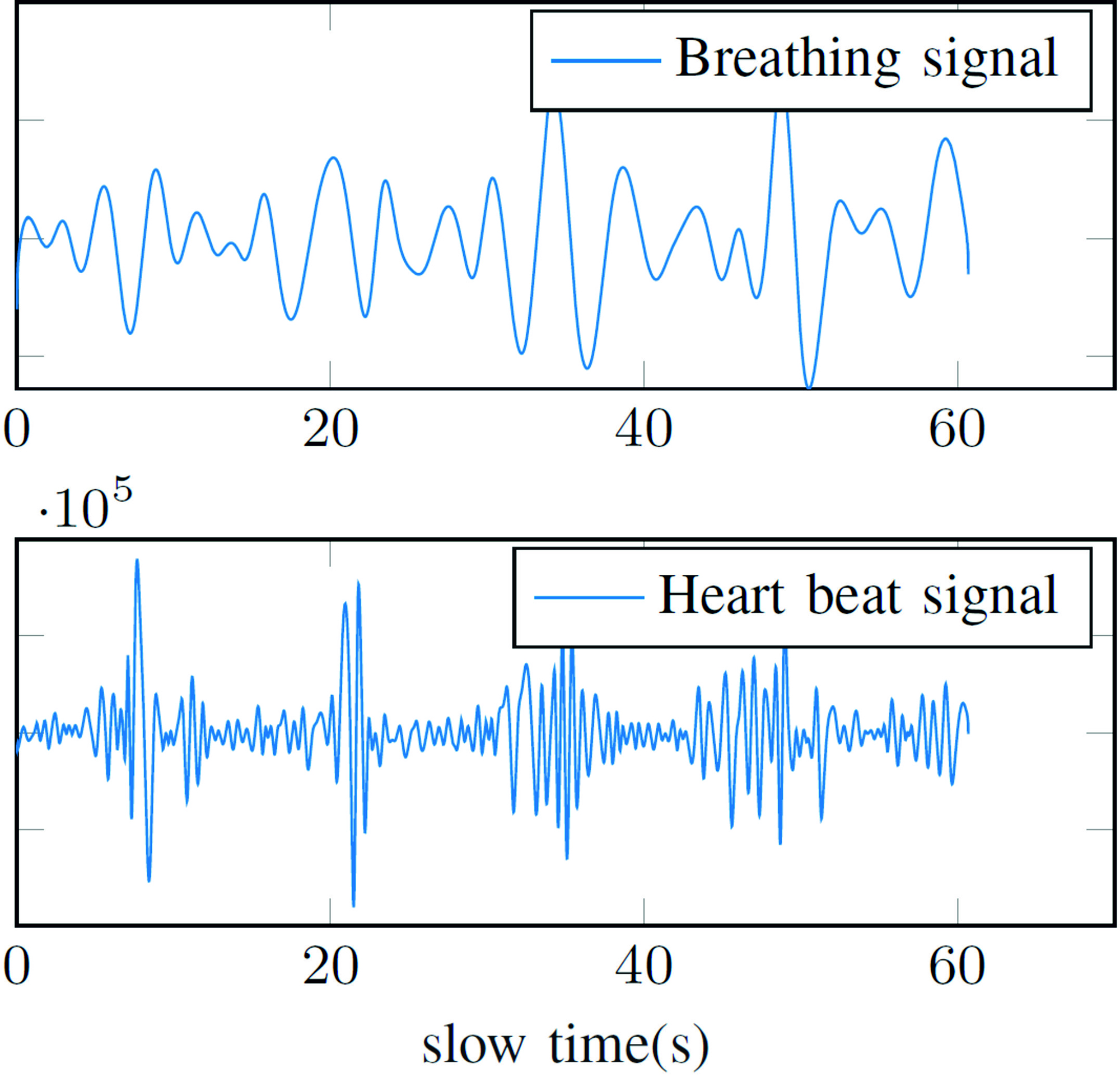Quickly finding buried people in lage areas using a mobile radar device
Whether in an avalanche or in collapsed buildings: Buried people must be rescued as fast as possible. Radar devices can help with the search. To date, however, they have only been able to analyze small areas for vital signs. In the long run, though, new, mobile devices can be carried by helpers or mounted on drones to cover hectare-sized areas.
Finding buried people under debris is difficult. But if you want to rescue survivors, time is critical. Radar can be a major help here: The equipment available to date, however, only allows for stationary operation. The system is set up at a certain spot from where it can check an area up to a distance of twenty to thirty meters – depending on the radar.
Pulse Measurable to Ninety-Nine Percent
A technology developed by Fraunhofer FHR can significantly increase the reach of these radar devices. This is made possible by a mobile radar device. In the future, rescue forces could carry this across a field of debris, or a drone equipped with the radar device could fly across the scene of the accident. This way, even hectare-sized areas could be searched effectively and quickly. In doing so, the radar device detects the pulse rate and the breathing frequency of buried people, separating these from arm and leg movements. And it does so with a high accuracy: It measures the pulse rate as accurately as 99%, as the comparison to portable pulse devices has shown.
The technology can also be used the other way around: By positioning the device at a stationary spot, vital signs of people moving in the area surrounding the device can be detected. This can make sense, for example, where there are numerous injured people needing first aid, for instance in a sports facility. The radar device can be used to capture the vital signs and match them to the respective injured persons. Who needs help most urgently? In this process, the algorithm primarily looks at changes: Is the heart fibrillating? Is the patient breathing very fast? Vital parameters are direction-dependent: When a person turns over, this has effects on his or her breathing. The changes in rhythm, while the breathing signal and the movement also overlap. The algorithm is able to break down these signals and show them separately.
The first algorithm is ready for use; the system has already been tested with a person walking past it at a distance of up to 15 meters. In the next steps, the system can be adjusted to different situations. Besides rescue services, one of these situations could be autonomous driving. Here, the ability to distinguish between living beings and other obstacles is fundamental for safety – a child running into the street calls for another evasive maneuver than a ball rolling into the street. The mobile radar is ideal for these questions as well.
